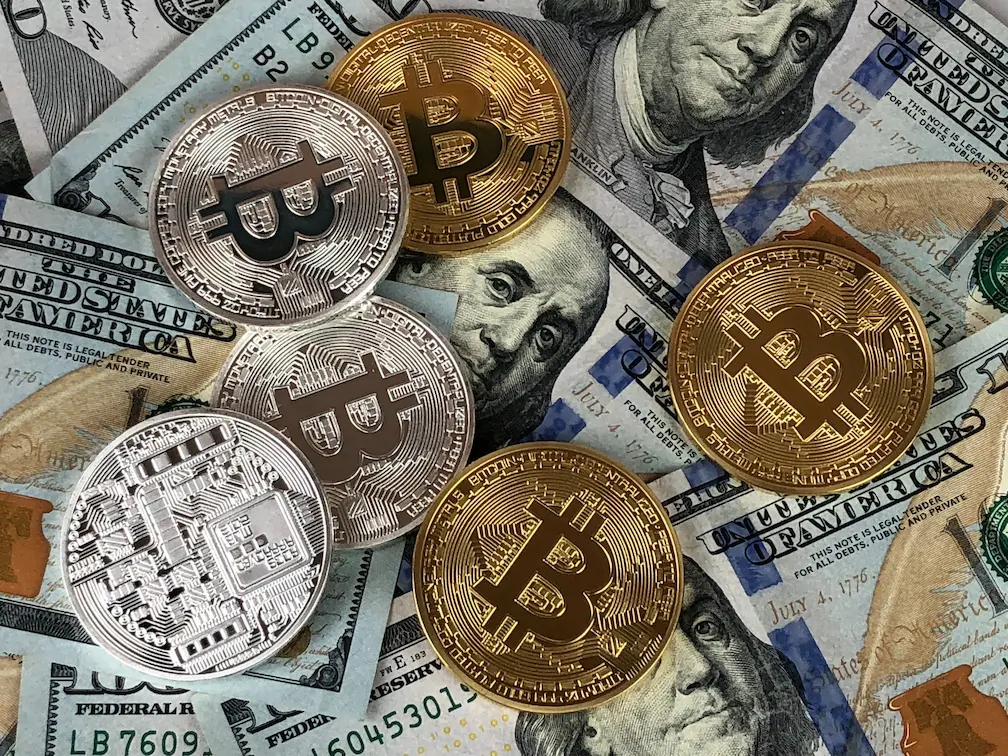
E-Money
An electronic substitute for cash (fiat) currency is electronic money, or e-money. It is a digital kind of money that is kept on a piece of technology. It is the monetary worth of electronic cash that is supported by fiat money. Other than the issuer, parties accept it as payment. The electronic device could be hardware like a smartphone or a magnetic device like a prepaid card, or it could be software like a banking system or a payment service provider like Paypal. Electronic wallets, often known as e-wallets, can either be hardware or software-based electronic devices used to store e-money.
“Electronic money (e-money) is broadly defined as an electronic store of monetary value on a technological device that may be extensively used for making payments to entities other than the e-money issuer,” according to the European Central Bank. The gadget functions as a prepaid bearer instrument, thus transactions don’t always involve bank accounts.
Of course, a cashless payment system that facilitates rapid and simple money transfers of any amount is a major benefit. Citizens who do not have access to reliable, accessible, and secure financial services might be given more influence through the usage of electronic money. For instance, poorer nations use mobile money services. Users of mobile money can use peer-to-peer transactions to replace cash without having a bank account.
How does E-Money work?
E-money is a form of money that is regulated by the same institution that issues fiat money. A bank is required for the processing of transactions. A clearinghouse is a centralized bank that processes transactions. E-money is commonly utilized in industrialized economies, and developing ones are embracing it more frequently. E-money is moved digitally from one account to another utilizing the funds that are kept in the account using an electronic funds transfer (EFT). EFTs are used to distribute funds to people through a number of government programs, including social security, supplemental security income, and the Department of Veterans Affairs.
Pros and Cons of E-Money
E-money is now a viable option as a platform for financial transactions thanks to advancements in technology. E-money offers a quick, simple way to access financial services and a more effective way to store, send, or receive payments. The convenience of carrying less cash in your pocket and the fact that it is more secure against theft than cash are also advantages. Additionally, there are more individualized banking tools and services as well as automatic financial record-keeping.
The advantages of e-money may be accompanied by certain drawbacks, such as fraud, privacy concerns, probable identity theft, the risk of failing cards and their charged value, and technological failure.
Electronic money and other Digital Currencies
A digital currency, often known as an e-currency, is electronic money. E-currency includes virtual currencies like those used to monetize video games as well as cryptocurrencies.
Cryptocurrencies
A cryptocurrency is a form of digital or virtual money in which peer-to-peer transactions are made and then processed by computers connected to the network. Transactions are often validated using a computational technique chosen by the entire network and kept on a database known as the blockchain. Blockchain technology is the foundation of many decentralized networks used by cryptocurrencies; a distributed ledger is a database that is synchronized and accessible by several participants across various locations and regions. They can exist independently of governments and other central authorities thanks to the decentralized nature. Cheaper and quicker money transactions as well as decentralized systems that do not have a single point of failure are two benefits of cryptocurrencies. Cryptocurrencies’ drawbacks include their unstable prices, high energy requirements for mining, and use in illegal activities. The value of cryptocurrency fluctuates based on factors such as supply, demand, and changes in the crypto market. In contrast to e-money, the value fluctuations are linked to the value of the assigned fiat currency. Today, there are thousands of other cryptocurrencies, with Bitcoin being the most well-known and valued.
Stablecoins
A stablecoin is a type of cryptocurrency that is linked to a “stable” reserve asset, such as gold or the US dollar. In comparison to unpegged cryptocurrencies like Bitcoin, stablecoins are intended to lessen volatility. Due to the fact that the prices of stablecoins are tied to a reserve asset like the US dollar or gold, they serve as a bridge between the worlds of cryptocurrencies and conventional fiat money. In comparison to something like Bitcoin, this significantly lowers volatility and produces a type of digital currency that is more suited for everything from daily commerce to conducting payments between exchanges.
Virtual Currencies
Virtual currencies are “a sort of unregulated, digital money, produced and typically controlled by its developers, and used and accepted among the members of a certain virtual community,” according to the European Central Bank.
Digital representations of value known as virtual currencies are traded across online networks or the internet. Digital currencies are not all virtual currencies, though, and vice versa. Virtual currencies are considered to be more steady (less volatile) in value than many cryptocurrencies. Instead of being issued by governments, private entities do so. Virtual currencies are not subject to the same regulations and are not backed by fiat money. Tokens used as in-game currency in video game monetization are one example of this form of currency. A token has a specified value, and that value must be used within the game’s context. Virtual currencies are not e-money because they have a cost.
Access to financial services has undoubtedly been easier thanks to digital currencies, and with continued technical advancement, there is promise and hope for greater financial inclusion and closing the accessibility gap. To safeguard consumers from the risk of fraud, security and laws must continue to advance.


 Raj Mehta – Financial Education Instructor
Raj Mehta – Financial Education Instructor